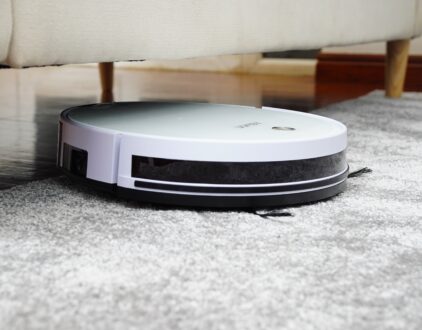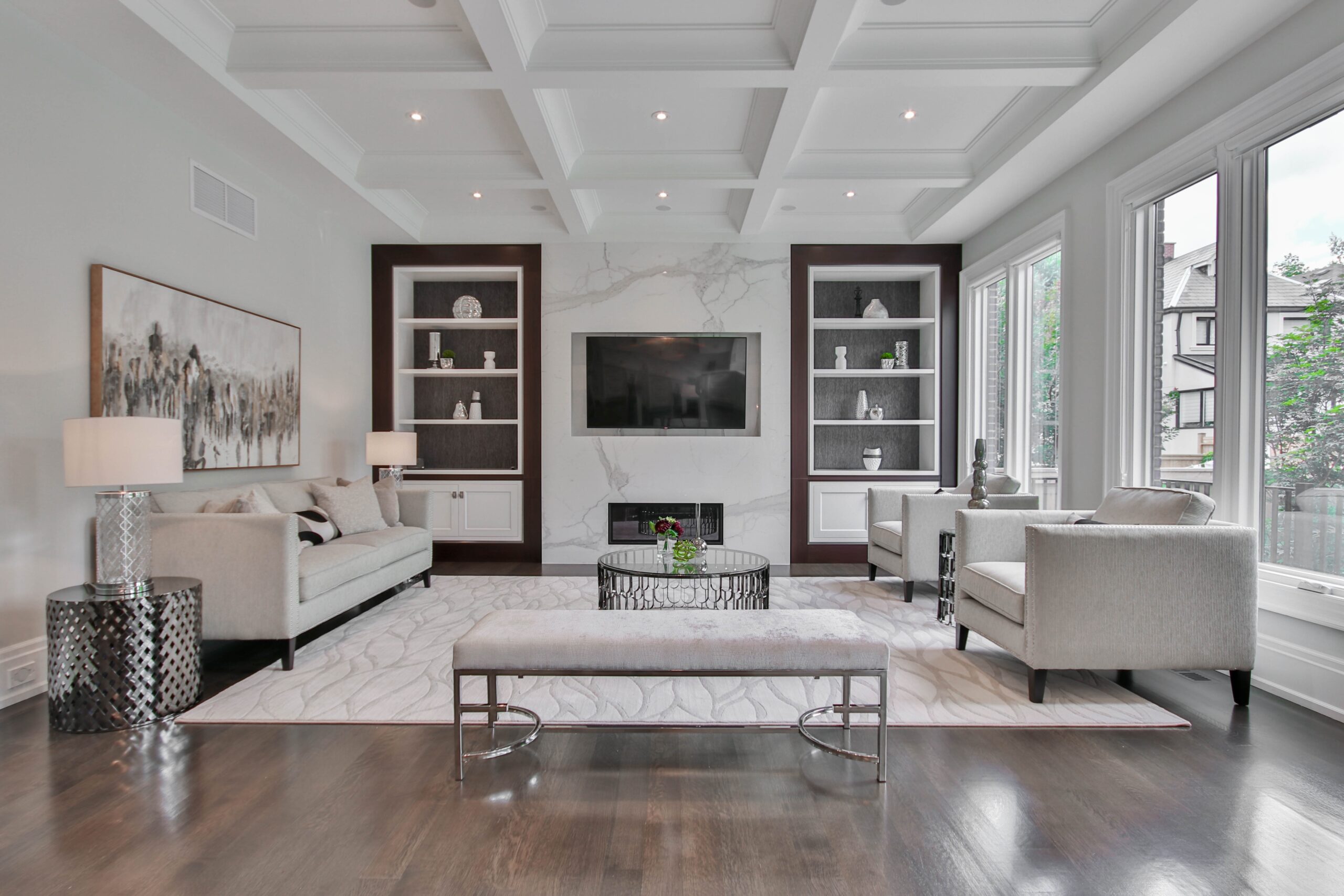These days, mold is all too common in households. Because it thrives in damp, wet and dark areas, it can be hard to spot. It often takes root in cracks and crevices, underneath baseboards and in dark corners of cabinets. Once mold sets in, it can be very difficult to get rid of.
One way people recognize that mold is slowly laying siege to a home is the fact that it often gives off a strong, pungent, even rotting smell. At first, this can be disconcerting. People will open containers and jars to see if a certain food is the source of the smell. After a while, perhaps they give up because they can’t find its origin. But this is where things can take an even more drastic turn. Mold not only spreads quickly and easily in homes, emitting smells that assault the nostrils, but as a fungus, it also emits spores into the air. These spores can, in fact, be toxic to people.
The signs of mold toxicity can run the range from allergic reactions to more serious issues like headaches, dizzy spells and joint pain. Eventually, mold toxicity exposure can even prove to be fatal. For these reasons, it is especially important to keep mold out of a house, or, once it is detected, to be very diligent in cleaning it up. This may even necessitate the help of professional cleaners.
10 Warning Signs of Mold Toxicity
If you are concerned that you may have mold in your home, but still haven’t been able to find it, pay particular attention to your health and the health of loved ones in your home. Here are 10 warning signs of mold toxicity that indicate the presence of mold in your vicinity and what you can do to clean it up.
Cognitive Issues
Mold exposure can lead to cognitive issues such as brain fog, anxiety and poor memory. Individuals who have dealt with mold toxicity issues in their homes have reported difficulty concentrating and issues remembering certain details, events, etc.
Fatigue
Mold toxicity can lead to issues like fatigue, dizziness, tiredness and in general weakness of the body. If you’ve noticed that any of these symptoms are frequent, check your home for mold, as it might be present. Mold spores can move through nasal passages and the lungs, causing these issues to arise due to low oxygen intake.
Headaches and Migraines
Frequent headaches and migraines are other signs of mold toxicity. If you notice these are occurring more often, check your home for mold toxicity and see a doctor immediately.
Skin Issues
Itching, hives and skin rashes are all signs of mold toxicity in your space. Check your space for signs of mold toxicity and see your dermatologist or doctor ASAP if your skin worsens. Hydrocortisone creams can also help with skin issues.
Respiratory Issues
If you’ve noticed frequent coughing, wheezing, shortness of breath, and even asthma attacks being triggered more often, check your home for mold. Respiratory issues are one of the more severe signs of mold exposure and toxicity.
Digestive Issues
Gastrointestinal issues like nausea, vomiting, abdominal pain, diarrhea and intestinal bleeding can be signs of mold toxicity, particularly in food. Check areas where food and spices are stored for mold. Checking for this is extremely important to not inhale or ingest food products contaminated with mold. These issues can also cause changes in weight and appetite.
Joint Pain and Muscle Aches
Mold toxicity can also cause joint pain, aches and stiffness. It can also result in fungal arthritis and infections. Additionally, it’s important to remain vigilant and look out for numbness and tingling in the body as well.
Mood Changes
Changes in mood, including depression, anxiety and mental health are common signs of mold toxicity. It affects the brain’s neurotransmitter functions and the production of chemicals like dopamine and serotonin. Mold exposure can also lead to insomnia or loss of sleep, which can cause emotional and mental changes.
Allergies
One of the most common signs of mold is allergies. Symptoms like an itchy throat, watery eyes, congestion, a runny nose and eczema are all warning signs of mold toxicity. If you have a family history of allergies, mold allergies can be worse.
Sensitivity in Senses
Mold exposure can also cause sensitivity in some of your senses like sight and sound. Increases sensitivity in light exposure and noises is a symptom, causing discomfort and can even lead to other issues like mood changes and insomnia.
Ways To Prevent Mold Toxicity
You can prevent mold toxicity by checking regularly for mold, maintaining proper insulation, regularly cleaning all areas of your home and controlling the humidity in your space. Proper ventilation and making sure items are stored safely are also ways to prevent mold toxicity. Try to address and fix water damage in areas like flooring and the walls to prevent mold from growing inside and underneath areas you can’t see. Call a professional if you notice mold growth in your home.
popular posts
- 1It’s Black Business Month, So Let’s Go Shopping and #BuyBlack!
- 2These Home Decor Items Will Instantly Make Your Space Look Outdated
- 3Black-Owned Home Decor Stores To Support Across the United States
- 4A Look Inside Elon Musk's Tiny $50,000 House
- 57 Black and Multicultural Designers To Follow For Design Inspo

Home & Texture Editor's Picks: The 5 Best Vacuums on Amazon
by Stephanie Taylor | February 2, 2023

7 New And Bestselling simplehuman Products To Help Your Home Run Smoothly
by Stephanie Taylor | February 15, 2023

Product Review: Here's What We Think About The Levoit LV600s Humidifier
by Nneya Richards | February 22, 2023
Spaces
Whether it’s luxury or ease, every area of your home should be as fabulous and unique as you.

A New Study Reveals That This Item Has More Germs Than A Toilet Bowl
by Kelsey Marie | April 25, 2023
FOLLOW ALONG ON INSTAGRAM
#homeandtexture
Find us on social for more home inspiration where culture, personal style, and sophisticated shopping intersect to help you create a home where you love to live.






